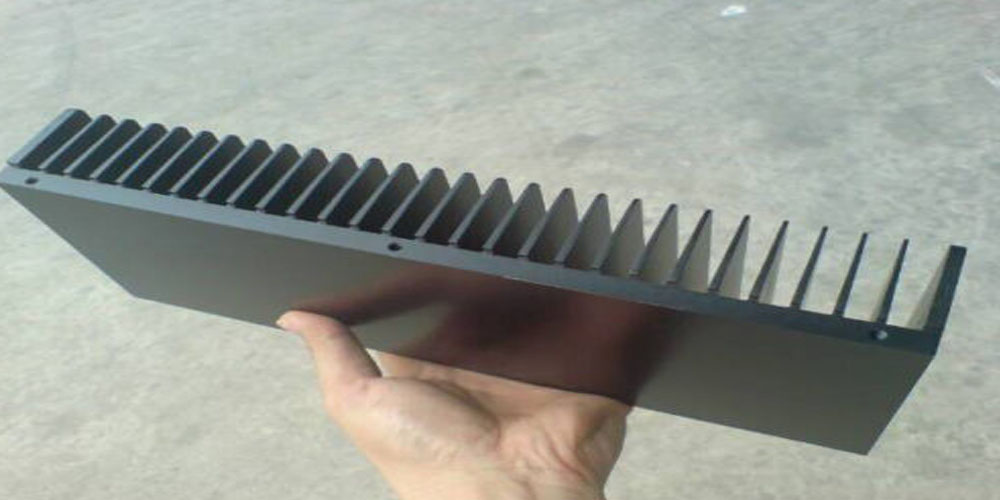We all know that most of the devices we use in our daily life, whether it’s electronic or industrial, produce a large amount of heat while processing. To control this heat air cooling systems were installed in the devices. Now, heat sinks being a long-lasting cooling system has made their position distinct.
Heat sinks can be customized using different materials but two of the most common and beneficial materials used in heat sinks are aluminum and copper. In today’s article, we are going to have information about the applications of aluminum for heat sinks. Hope that this article will contribute to enhancing your knowledge.
Aluminum Heat Sink Applications
The applications of the aluminum extrusion heat sink are spreading continuously and now they are available according to the requirements. Some of the common and important aluminum heat sink applications along with their details are mentioned below:
Manufacturing in Computer
The CPU produces a lot of heat and its working goes down as soon as it is heated. Hence to overcome this problem it contained an aluminum extrusion heat sink that is well known for providing a cooling effect and as a result, keeping the CPU in a stable position.
Moreover, to reduce the chances of hanging, freezing, and slow working, an aluminum heat sink proves as a blessing.
In Household Products
Lots of people consider aluminum heat sink just CPU product but in actuality, aluminum heat sinks have several applications and can be utilized in different household products. Electronic appliances like washing machines, electric stoves, refrigerators, speakers, etc can be cooled down by the insertion of an aluminum heat sink.
In DC And AC Convertors
AC and DC converters, circuits for a convention of alternating current into direct current, heat up a lot and requires a cooling technique so that their performance can be increased. Aluminum heat sinks are also used in these converters so that the extra heat can be taken out using heat sink measures.
In LEDs
For the absorption of heat that is created by a led module I heat exchanger is used which is named LED heat. The working procedure of an LED heat sink evolves dissipation of thermal energy into ambient air so that it can be cooled down and its performance can be taken to a great extent.
In HVAC Systems
Another important and common application of aluminum heat sinks is HVAC systems. It works the same in the systems as it does in all the other devices. Its components contribute together so that they eat can flow away from a hot device and makes the working of the HVAC system stable for a long time.
Why Choose Aluminum Heat Sink?
Given are a few of the benefits of the aluminum heat sink that makes it the most preferred type of heat sink.
Thermal Conductivity:
Being a large thermal conductivity material that allows quick and efficient transfer of heat away from a heat-generating component. This property makes it well-suited for use in heat sinks, where the primary goal is to dissipate heat.
Weigh Less:
As aluminum is a very light material it can be beneficial in heat sink applications where weight is a concern. A lightweight heat sink can be easier to install and may be more cost-effective to transport.
Cost-Effective:
Aluminum is a relatively inexpensive material, which can make it an attractive choice for heat sink applications where cost is a consideration. The availability and affordability of aluminum make it a popular choice for mass-produced heat sinks.
Recyclability
Aluminum is an environmentally favorable material for heat sink applications since it is largely recyclable. Recycling aluminum can help cut down on energy use and greenhouse gas emissions because it uses less energy than generating new aluminum.
Ending Remarks
Aluminum being a preferable and efficient heat sink material is demanded at the industrial level. Aluminum heat sinks work more efficiently when it comes to their installment in electrical or industrial devices. Due to having amazing benefits and features this material has several applications in different fields of life.
